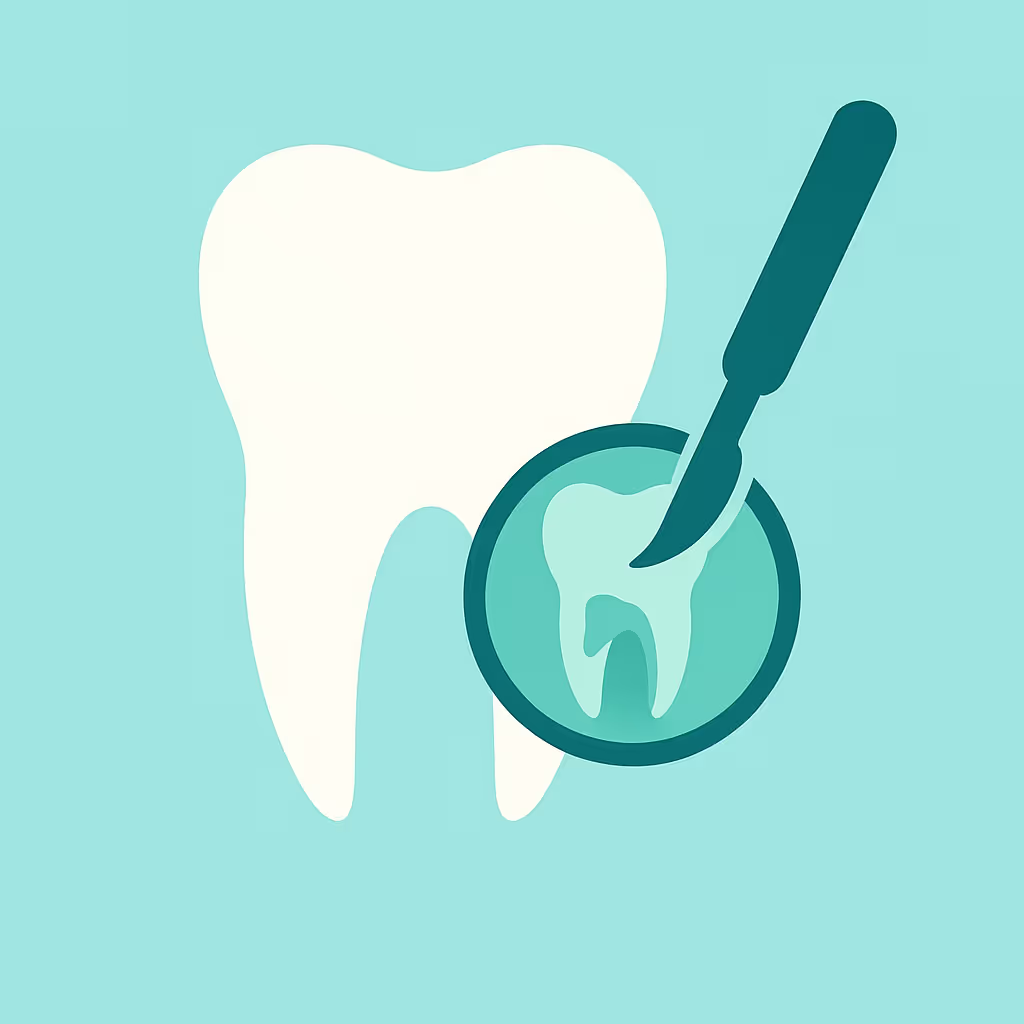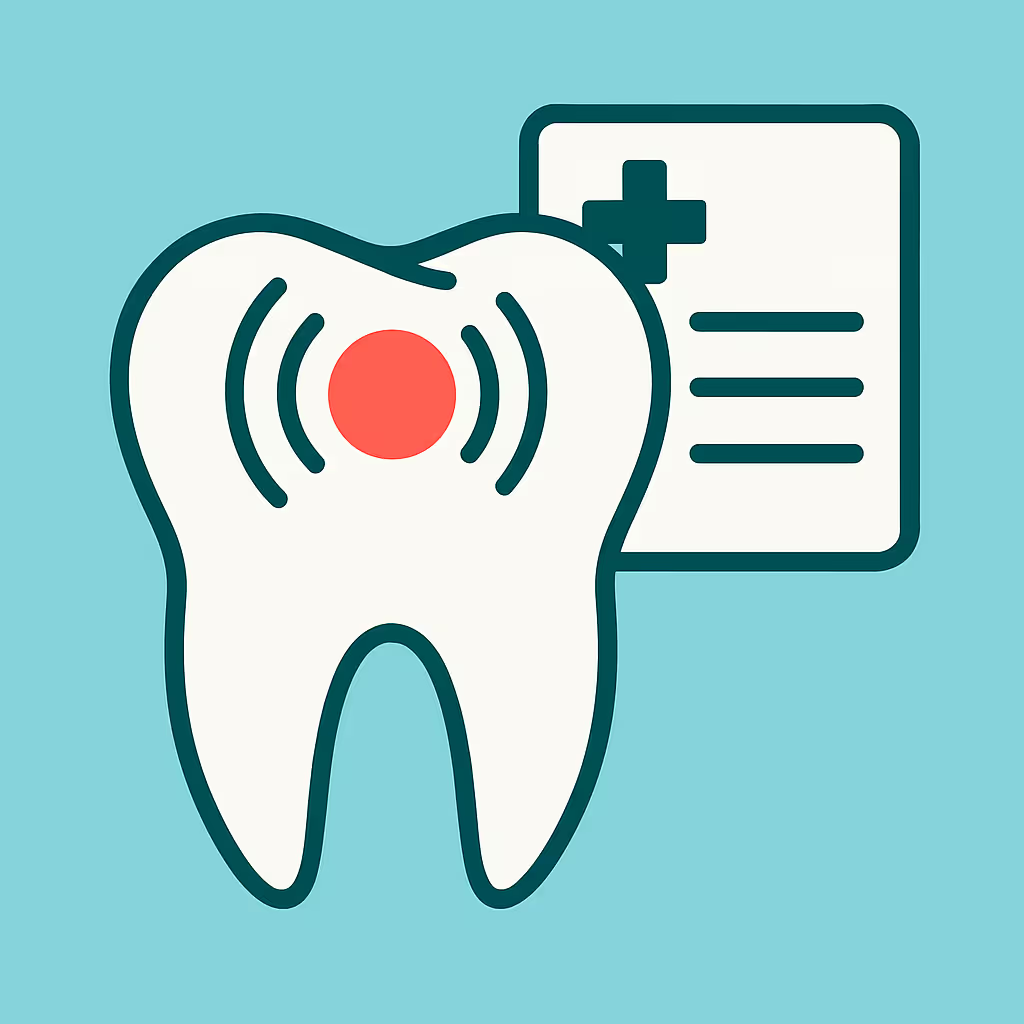Understanding Dental Code D5622
When to Use D5622 dental code
The D5622 dental code is designated for the repair of a cast partial framework in the maxillary arch. This CDT code should be used when a patient’s existing maxillary cast partial denture framework requires repair due to breakage, distortion, or other damage, but the prosthesis is otherwise serviceable. It is not intended for minor adjustments or repairs to clasps, teeth, or acrylic components—those have separate codes. Accurate code selection ensures proper reimbursement and compliance with dental insurance requirements.
Documentation and Clinical Scenarios
Proper documentation is essential when billing for D5622. Clinical notes should clearly describe the nature of the damage to the cast framework, the specific repairs performed, and the rationale for repair versus replacement. Include intraoral photographs, radiographs (if applicable), and a detailed narrative. For example, a typical scenario for D5622 might involve a patient whose maxillary partial denture framework has fractured at the major connector but remains otherwise functional. The dentist determines that a repair is clinically appropriate and documents the findings, repair process, and patient consent in the chart.
Insurance Billing Tips
When submitting claims for D5622, follow these best practices to maximize approval rates and reduce denials:
- Verify coverage: Confirm with the patient’s dental insurance that repairs to cast partial frameworks are covered benefits and check for frequency limitations or waiting periods.
- Submit supporting documentation: Attach clinical notes, photos, and a detailed narrative explaining the need for repair. This helps justify medical necessity and expedites claim processing.
- Use correct CDT codes: Ensure D5622 is used only for repairs to the cast framework. For repairs involving acrylic or teeth, consider codes such as D5611 or D5670.
- Review EOBs carefully: If a claim is denied, review the Explanation of Benefits (EOB) for the reason and file a claim appeal with additional documentation if warranted.
Example Case for D5622
Case Study: A 68-year-old patient presents with a maxillary cast partial denture that has fractured at the framework near the right canine. The prosthesis fits well otherwise, and the patient prefers repair over replacement. The dentist documents the fracture, takes photos, and explains the repair process to the patient. After obtaining consent, the framework is sent to the lab for repair. The dental office submits a claim using D5622, attaches the clinical narrative and photos, and receives approval from the insurer. The patient’s out-of-pocket cost is calculated based on their plan’s coverage for prosthetic repairs.
Understanding and correctly applying D5622 helps dental teams ensure accurate billing, prompt reimbursement, and optimal patient care outcomes.





